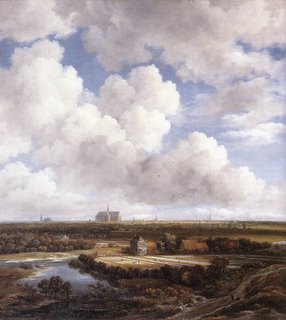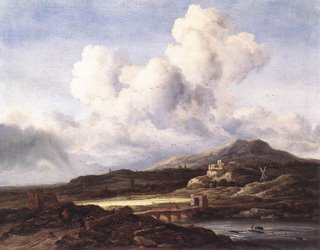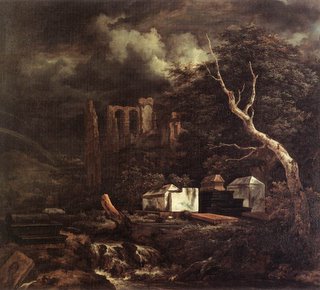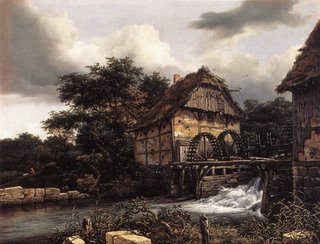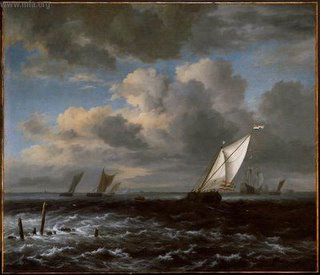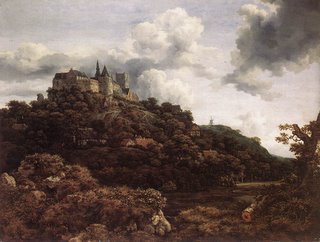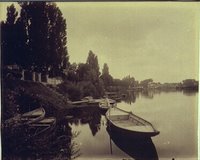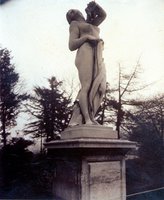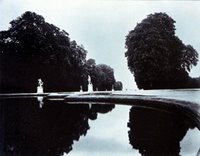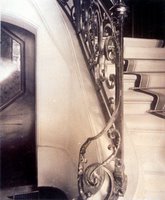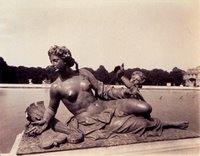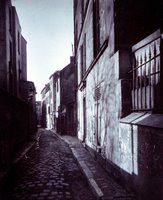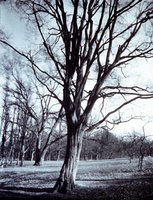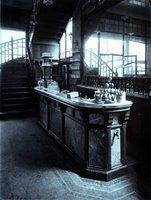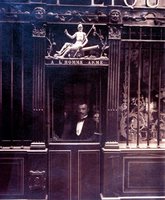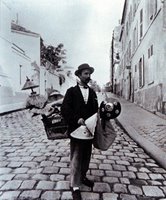Guggenheim Museum (NY): the spiritual in the spiral
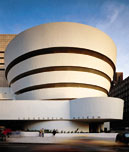
"here is the ideal i propose for the architecture of the machine age, for how an ideal american architecture should develop in the image of trees...it was to make the building and the painting an uninterrupted, beautiful symphony such as never existed in the World of Art before."
Frank Lloyd Wright

It is not just a building. It is an ideal. I have heard of this Wright's masterpiece for more than five years since I saw GM's photo album in his grand eastern america solo trek. He shot the high ceiling like an white eye in the center of blue, and I was quite amazed at that moment. This building is a dreamwork, and an icon of modern architecture. Although philadelphia is so close, it was surprising I took more than four years to get here. In this weekend, after I finished the work submitted to ISBI, I decided i shouldn't miss the chance to see the "Russia" exhibition in this right place.


Quite different than his famous "falling water" house and other house designs which embrace the nature learned from the east Asia art, Wright used combination of various simple geometry to create the effect of monumental symbolization, which doesn't exsit in the original nature, but can be only created by human intelligence. This echoes more one famous idea proposed by Louis Kahn, another great architect in last century, that architecture should be distinguished from the nature. Ovals, arcs, spirals,triangles, and squares are harmonized into a single symphony and echo one another. They are simple but contain immeasurable energy. It reminds me Kandinsky's abstract composition using geometry, but appears to be more unified. The upward spiral gallery is smooth, uninterrupted, and extendible. How much it is like a stepladder upward. Its destination shall be limitlessness.

